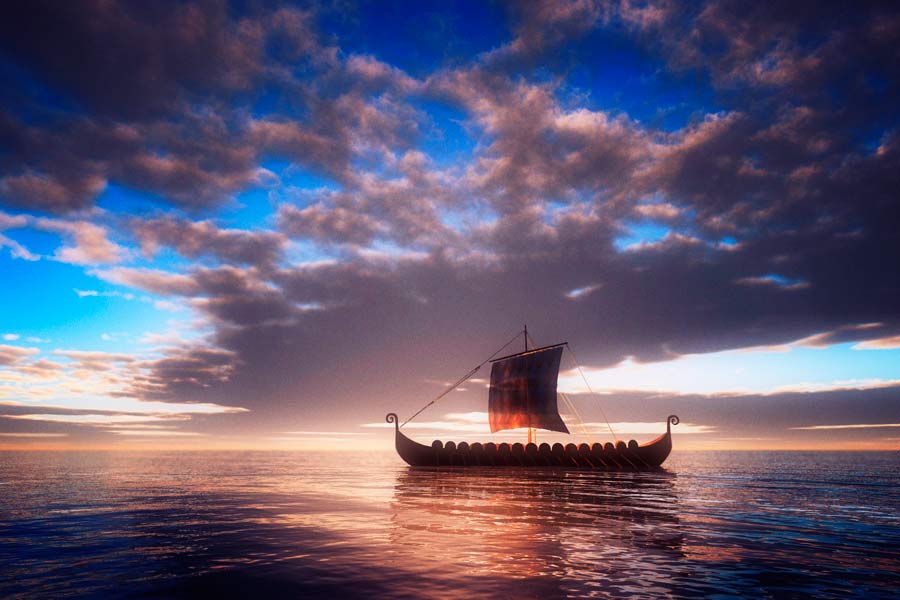There was a "serious decline" in the population of Ireland in the two centuries preceding the arrival of the Vikings, a new study has revealed.
Academics based at Queen's University in Belfast, Northern Ireland, developed a database of archaeological sites and used rigorous archaeological data science algorithms to ascertain population numbers in the past, according to RTE.
It had long been assumed that there had been a steady increase in the population of Ireland over the course of the centuries until the Great Famine in the late 1840s.

However, Dr. Rowan McLoughlin, a specialist in the application of information technologies in archaeology and palaeoecology, said the study had shown the Irish population had seen an unexplained decline around 700AD.
Around this time, Dr. McLaughlin said, "this population in Ireland mysteriously entered a decline, perhaps because of war, famine, plague or political unrest".
The Vikings settled in Ireland during the 10th century, although Viking raids had taken place in the 9th century, including a plundering of the great monuments of Brú na Bóinne. This plundering is recorded in the ancient annals. In addition, there is mention of the establishment of a Viking longphort at Linn Ross (Rossnaree) on the Boyne, close to the great monuments, in 842AD.
McLaughlin says the Vikings were more successful than the natives in expanding their population.
Today, he adds, evidence from genetics would indicate that many Irish people have at least some Viking blood.
The researchers examined radiocarbon dates from excavation reports from archaeological sites and translated the results into an estimate of the level of activity during the early medieval period in Ireland. (This is the period from approximately 400AD to 1100AD).
Without the Vikings, the population decline in Ireland would have been much worse, the research suggests.

Lead author of the paper produced by the research group, Emma Hannah, said the study allows for a better understanding of the time period involved.
“It was quite surprising because the popular narrative is that there was increase in intensity of farming activity during the time but when we looked at the readings it showed a slowdown in agriculture and farming activity,” she said.
“I’ll look at craftwork activity, like iron working, fine metal working and textile production,” Ms Hannah said. “There’s this perception that somewhere around 900, when the Viking towns were established and were really successful, that craftworking at rural, everyday sites kind of migrated towards these urban towns."
The research from Queen’s School of Natural and Built Environment has been published in the Journal of Archaeological Science.

